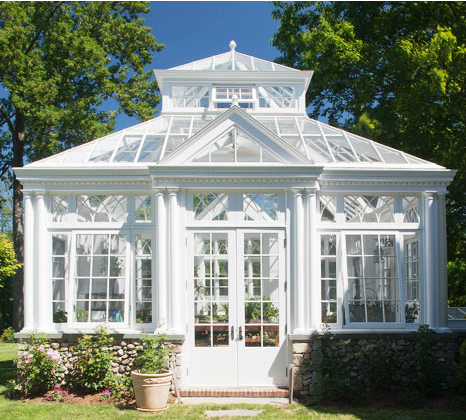Ever wonder what prompted the desire for ESTATE GREENHOUSES and CONSERVATORIES over 50 years ago? This year marks the 52nd anniversary of Earth Day and it’s amazing to see how far we’ve come since that first year!
In the spring of 1970, Senator Gaylord Nelson created the holiday to increase awareness and appreciation for the environment. Prior to Earth Day, there was no Environmental Protection Agency, Clean Air Act, Clean Water Act, or environmental regulations of any kind that made these important issues aware to the public. That year, 20 million Americans demonstrated in cities across the country in favor of Earth Day and it caught on from there, according to the EPA. The holiday effectively increased awareness of the dire state of the planet’s health but also increased people’s desire to preserve and stay connected to nature.
Estate Greenhouses and Conservatories for Private Residences Emerge
While many conservatories and botanical gardens were open to the public across the U.S., people wanted to enjoy the beauty of these gardens and glasshouses year-round at home
While we typically think of conservatories as unique home additions and events spaces, they didn’t start that way. The words “conservatories” and “greenhouses” were used interchangeably as people before this time had only used conservatories to grow rare specimens, edibles, medicinal plants, fruit trees, and more. It was not until the invention of insulated glass that people began to see conservatories as “people spaces” and greenhouses as “plant spaces”. This invention now allowed wealthy patrons to take a greenhouse, which normally would be kind of cold and drafty, and turn it into a more comfortable place to build rooms which were heated and cooled, just like the rest of your house! Thus, the design and manufacture of estate greenhouses and conservatories boomed!
“Maximizing the glass, minimizing the structure,” was the key to conservatory design, says Tanglewood CEO and co-founder Alan Stein. “The expansive glass panes and minimal metal bracing enhance the view from the conservatory, giving guests an almost 360-degree view of their surroundings feeling as though you are standing within the gardens.”
Explore Estate Greenhouses and Conservatories in the Modern World
Conservatories have come a long way since then, but their purpose stays the same: To be a vessel that keeps us connected to nature. People venture into their custom conservatories for more than just plants. Hand-crafted to compliment any home, the possibilities for garden parties, personal private gardens, and four seasons of “outdoor living” are endless – it’s no surprise the sensational conservatory lifestyle was coveted.
More About Conservatories and Estate Greenhouses
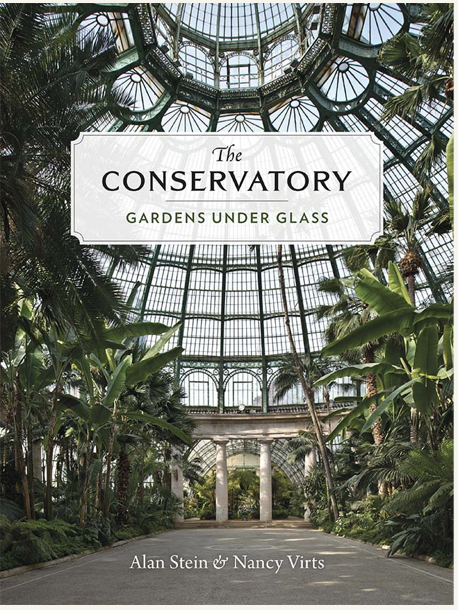
The Conservatory: Gardens Under Glass
The story of the conservatory reveals fascinating social, cultural, botanical, and engineering developments. Through spectacular archival and contemporary photographs and drawings of landmark structures—including the Palm House at the Royal Botanic Gardens, Kew and many more – the Conservatory celebrates the patrons and designers who advanced the technology and architectural majesty of these light-filled structures.

Estate Greenhouses in our Nation’s Capital
Not many people know greenhouses were popular on the white house grounds several years ago! Learn more about the history of the white house estate greenhouses!
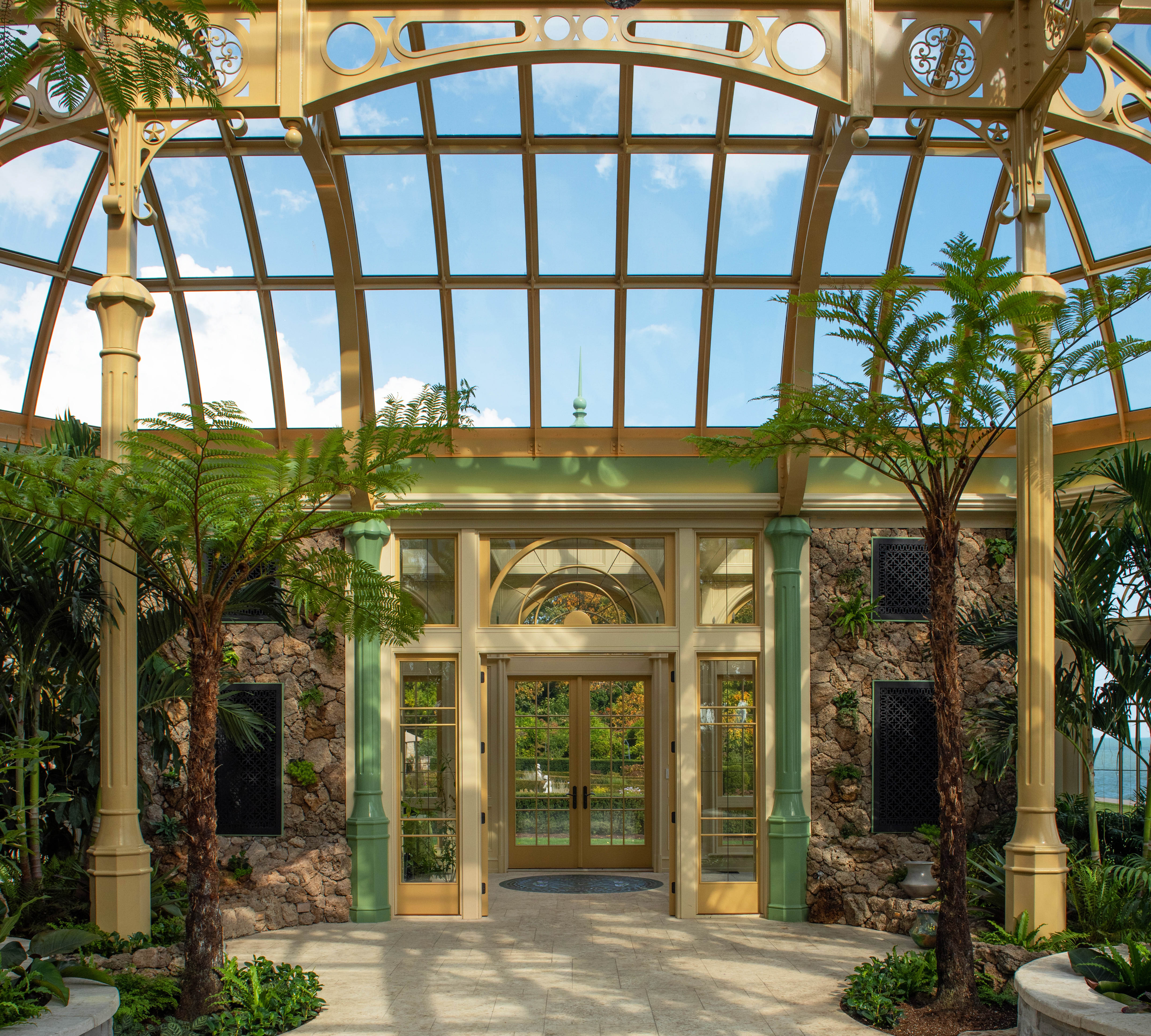
Estate Greenhouses & Palm Rooms
A collection of design inspiration if you are considering your own custom estate greenhouse!
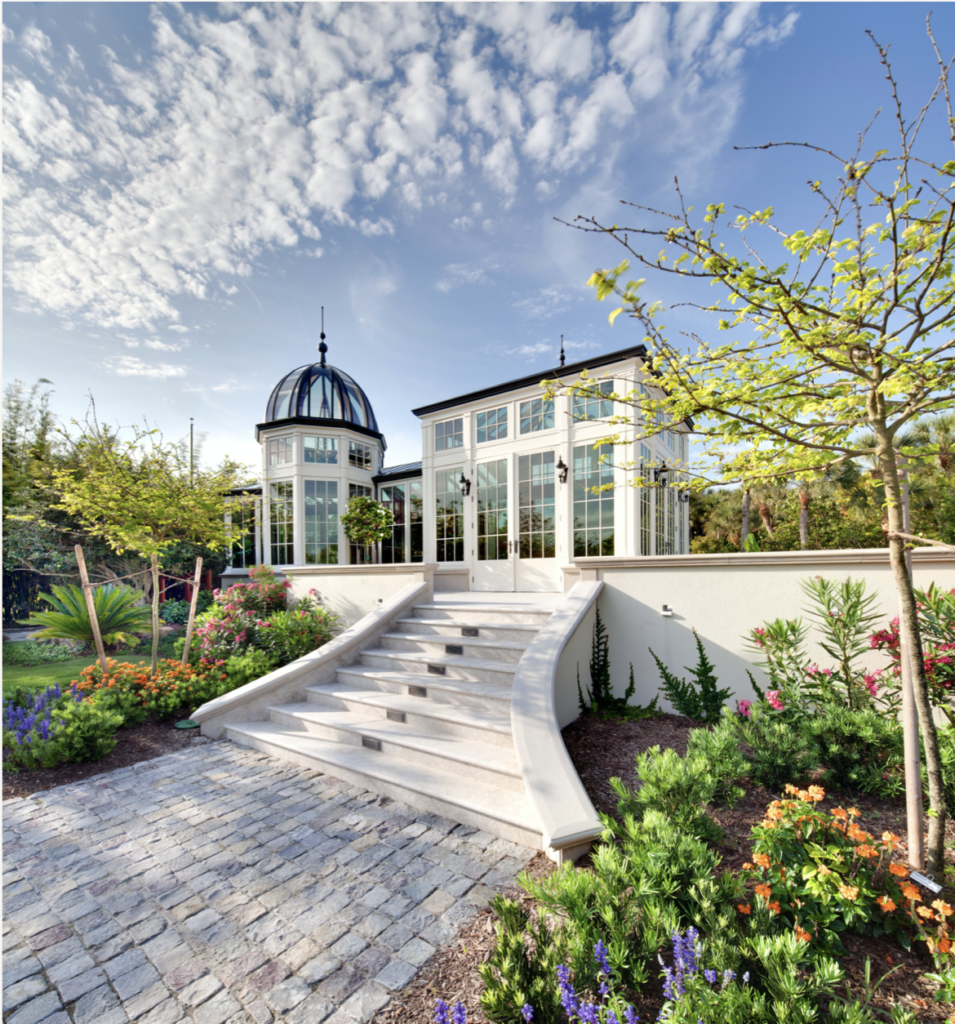
Custom Conservatories & Orangeries
A collection of design inspiration if you are considering your own custom conservatory!
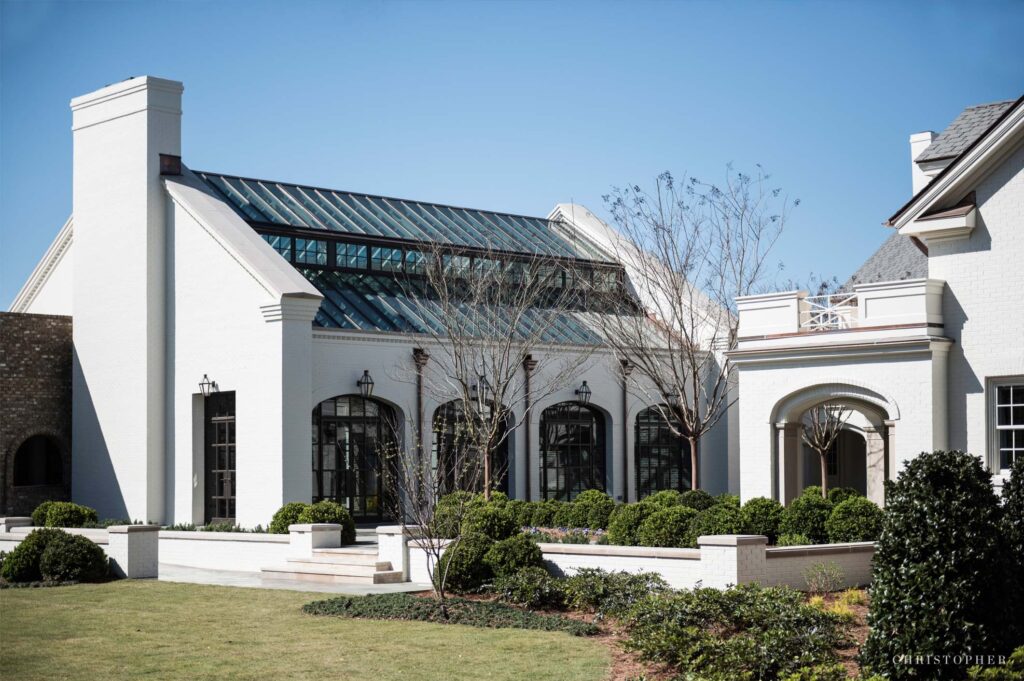
Modern Conservatories
A collection of modern-day public conservatories we recommend exploring! Use code “Thankful” to access this library page from the Conservatory Heritage Society

